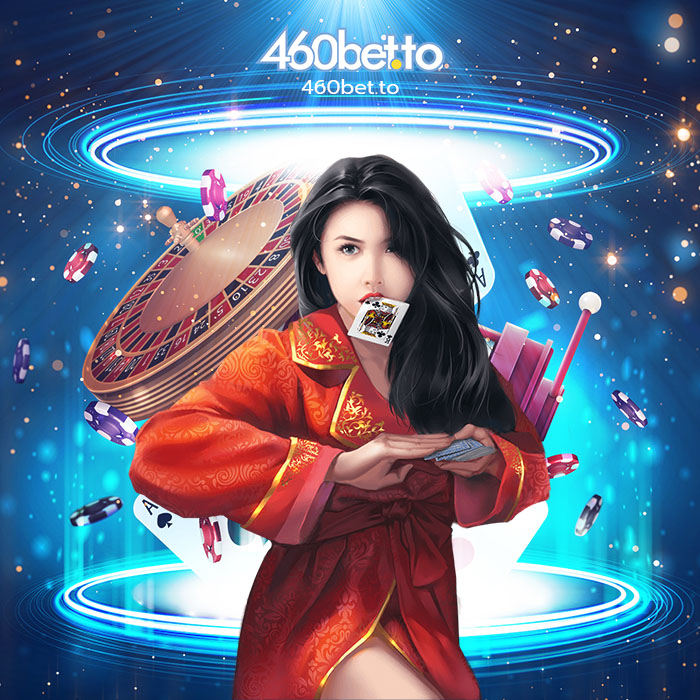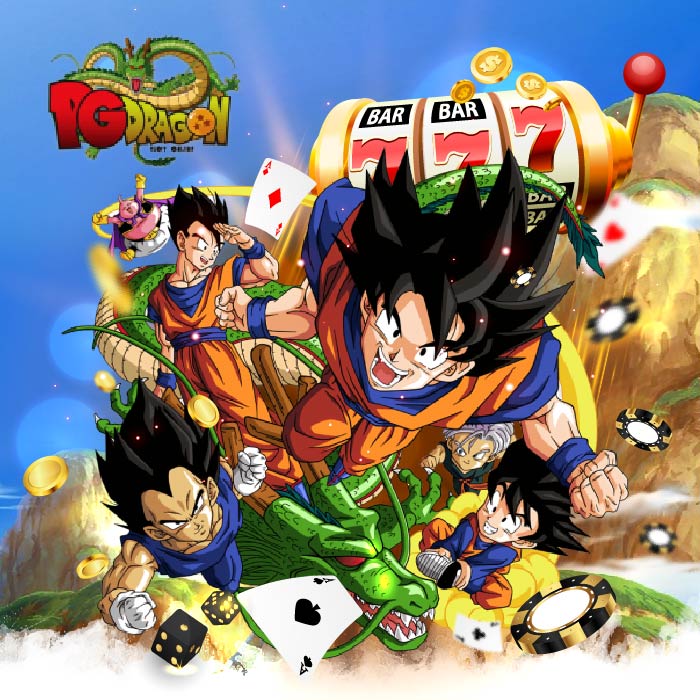nutritionprescription นำเว็บ สล็อตออนไลน์ ที่เป็นถึงระดับเว็บใหญ่ และก็มีคนให้ความสนใจกันเป็นอย่างมากมาให้ท่านได้ทำความรู้จักกัน ท่านใดที่กำลังมองหาเว็บไซต์ใหญ่ที่มีให้ทุกอย่าง และที่สำคัญมีการจ่ายเงินที่มั่นใจ 100% แน่นอน พวกเราขอแนะนำ ให้สมัครเข้ามาเป็นสมาชิกกับเว็บไซต์ที่เราแนะนำได้เลย การันตีไม่มีผิดหวังอย่างแน่นอน แล้วทุกเว็บที่เอ่ยนั้น จะมีเว็บอะไรบ้าง เราไปดูกันเลย

เป็นตัวเลือก ที่สมบูรณ์แบบ สำหรับผู้เล่น ที่กำลังมองหาสภาพห้อมล้อม ที่ปลอดภัย ในการเล่นสล็อต PG เว็บไซต์ มีรูปแบบเกม ที่หลากหลาย อย่างเป็นต้นว่า สล็อตคลาสสิก สล็อต 3 วงล้อ สล็อต 5 วงล้อ และก็ สล็อตโปรเกรสซีฟ
นอกจากนั้น เว็บไซต์ยังคงใช้งาน ได้กับทุกอุปกรณ์ อีกทั้งมือถือ แท็บเล็ต รวมทั้ง เดสก์ท็อป เกมที่หลากหลาย พรีเซนเทชั่นโดย pgslot99 ทำให้เป็นตัวเลือก ที่ดีที่สุด สำหรับอีกทั้งผู้เล่น ที่มีประสบการณ์ รวมถึง มือใหม่
รวมทั้ง ด้วยการบริการลูกค้า ที่น่าประทับใจ ผู้เล่นสามารถขอความช่วยเหลือ ได้อย่างง่ายดาย ถ้าเกิดเจอปัญหา หรือปัญหาใดๆก็ตาม นอกเหนือจากนั้น pgslot99 ยังมีโปรโมชั่น แล้วก็ โบนัสมากมาย เพื่อช่วยทำให้พวกคุณ ได้รับชัยชนะสูงสุด

เป็นวิธีใหม่ ที่น่าเร้าใจ ในการเดิมพันกีฬา รวมทั้ง กิจกรรมอื่นๆ ให้บริการฝาก รวมทั้ง ถอนไม่จำกัด แล้วก็ คุณสามารถเดิมพัน เพียง 1 บาท รวมทั้ง รับผลกำไร เป็นช่องทางที่ดี ในการสร้างรายได้
ไม่ต้องเสี่ยง มากนัก Betflik168 ใช้งานง่าย รวมทั้ง ออกแบบมา เพื่อให้แพลตฟอร์ม ที่ปลอดภัย สำหรับผู้ใช้ ในการพนัน ด้วยข้อจำกัด การฝาก แล้วก็ ถอนที่ต่ำ ทุกคนสามารถเข้าร่วม และ เริ่มพนัน กีฬา หรือกิจกรรม ที่พวกคุณประทับใจได้ เว็บไซต์ยังมีโบนัส สำหรับผู้ใช้ใหม่ รวมทั้ง โปรโมชั่นอื่นๆ สำหรับผู้ใช้ปัจจุบันนี้ เพื่อการพนัน น่าระทึกใจเพิ่มขึ้น
เป็นแพลตฟอร์ม การพนันออนไลน์ ช่วยให้ผู้ใช้ สามารถทำการฝาก รวมทั้ง ถอนได้ไม่จำกัด และก็ พนันเพียงแค่ 1 บาท เพื่อรับกำไรสูงสุด นอกจากนี้ยังมีตัวเลือก การพนันที่หลากหลาย ยกตัวอย่างเช่น การเดิมพันกีฬา การพนันคาสิโน และ การพนันสด มีอัตรา ต่อรอง ที่แข่งขันได้ และก็ วงเงินสูง ช่วยให้คุณ เพิ่มรายได้สูงสุด

นาทีนี้คงไม่มีใครไม่รู้จักเว็บไซต์เกมพนันออนไลน์ที่กำลังเป็นที่นิยมกันอย่างมากมายอยู่ในเวลานี้ 460bet เป็นช่องทางสำหรับเพื่อการสร้างรายได้ที่ดีที่สุดไม่ต้องเสียเวลาทั้งยังไม่มีความต้องที่จะต้องเสียค่าเดินทางให้สิ้นเปลือง
ไม่ว่าจะทำอะไรอยู่ที่ไหนก็สามารถลงพนันเกมพนันออนไลน์ได้อย่างสม่ำเสมอตลอด 24 ชั่วโมงแบบไม่มีจำกัดยอดท่านสามารถทำรายการถอนได้อย่างไม่มีจำกัดไม่มีความจำเป็นจะต้องที่จะต้องทำคุณหรือทำยอดเสียให้เสียเวลา
ไม่ว่าจะทำอะไรอยู่ไหนก็สามารถลงพนันเกมพนันออนไลน์ได้โดยตลอดตลอด 1 วันแบบไม่มีจำกัดยอดท่านสามารถทำรายการถอนได้อย่างไม่มีจำกัดไม่มีความจำเป็นที่ต้องทำคุณหรือทำยอดเสียให้เสียเวลา

เป็นคาสิโนออนไลน์ที่ดีที่สุดที่พรีเซนเทชั่นเกมที่ง่ายและสนุกที่คุณสามารถเล่นเพื่อรับเงินจริง คุณไม่จำเป็นจะต้องต้องผ่านผู้แทนอะไรก็ตามเพื่อเข้าร่วม
หรือเล่น mgm99win สิ่งที่คุณต้องมีคือคอมพิวเตอร์หรืออุปกรณ์พกพาและการเชื่อมต่ออินเทอร์เน็ต เป็นหนึ่งในคาสิโนออนไลน์ที่ดีที่สุดที่คุณจะเคยเล่นมาเรามีเกมที่หลากหลายแล้วก็คุณสามารถเล่นด้วยเงินจริง เรายังมีเกียรติศักดิ์ที่ดีมาก เป็นคาสิโนออนไลน์ที่ดีที่สุดที่คุณจะเคยเล่น
เราไม่ได้ใช้เอเย่นต์ ด้วยเหตุผลดังกล่าวมันจึงเล่นง่าย แล้วก็คุณสามารถได้รับเงินจริง พวกเราขอแนะนำคาสิโนนี้ให้กับทุกคนที่กำลังมองหาประสบการณ์การพนันที่ดี คาสิโนออนไลน์ที่ดีที่สุดสำหรับการเล่นโดยไม่ต้องมีเอเย่นต์คือ mgm99win

เป็นเว็บไซต์ คาสิโนออนไลน์ ที่มีเอกลักษณ์ และ ปลอดภัย ซึ่งคุณสามารถ ค้นหา เกมสล็อต ที่ดีที่สุด และก็ โบนัส ที่ดีที่สุด หากคุณสมัครสมาชิก และก็ ทำการ ฝากเงินทีแรก ที่ joker123slot คุณจะได้รับ โบนัส 100% จากการฝากเงิน ของคุณ โบนัส 100% นี้สามารถใช้เพื่อเล่นสล็อต ด้วยเงินจริง แล้วก็ เพิ่มโอกาสในการชนะ โบนัสเข้าถึงได้ง่าย และ คุณสามารถรับ ได้ด้วยตัวคุณเอง วันนี้
สิ่งที่คุณต้องทำ คือคลิกลิงค์ ไปยังเว็บไซต์ joker123slot และ โบนัสจะพร้อม ให้คุณใช้งาน ได้ทันที ดังนั้น สิ่งที่คุณรอ? รับโบนัส 100% ของคุณวันนี้ และก็ เริ่มเล่นวันนี้! กำลังเสนอโบนัส ที่เหนือชั้น 100% สำหรับลูกค้าใหม่ ทั้งหมด ช่วงนี้เป็นเวลาที่จะ ใช้ประโยชน์ จากข้อตกลง ที่ยอดเยี่ยมนี้

บริษัทยังเสนอโปรโมชั่นอื่นๆ ได้แก่ โปรแกรมแนะนำ และรางวัลคืนเงิน ซึ่งจะช่วยให้ลูกค้า ได้รับเงินมากขึ้น ด้วยโปรโมชั่นนี้ ลูกค้าจะได้รับผลตอบแทนที่ดี จากการลงทุน
ประโยชน์จากการใช้กระเป๋าเงิน pg dragon ฝากผ่าน wallet 10 บาท รับเพิ่มทันที 100 บาท เป็นหนึ่งในคุณสมบัติ ที่น่าสนใจ ที่สุด ของ pg dragon เป็นวิธีที่ดี สำหรับลูกค้า ที่จะได้ประโยชน์สูงสุด จากเงินของพวกเขา ไม่เพียงแค่แต่ลูกค้า จะได้รับความสะดวกสบาย ในการชำระเงินออนไลน์เพียงแค่นั้น
แต่ยังได้รับผลตอบแทน จากการฝากเงิน 10 บาท 100 บาทอีกด้วย นี่เป็นข้อแนะนำ ที่น่าทึ่ง รวมทั้ง เป็นคำแนะนำ ที่จะทำให้ ลูกค้ากลับมาที่ pg dragon ครั้งแล้วครั้งเล่า

พร้อมไปเดิมพันออนไลน์กับเว็บไซต์เดิมพันมาตรฐานระดับโลกหรือยัง? สมัครสมาชิก UFABET เข้าสู่ระบบ ได้จากทุกที่ พร้อมให้บริการเดิมพันดีๆแก่สมาชิกทุกวัน แบบไม่มีวันหยุด ที่นี่เรามีให้ครบ ไม่ว่าจะเป็นโปรโมชันดีๆทดลองเดิมพันฟรีก็มีให้ครบทุกเกม ไม่เพียงเท่านั้น แต่พวกเรายังมอบประสบการณ์เดิมพันอันน่าตื่นเต้นเร้าใจให้นักเดิมพันอีกด้วย เหมือนได้รับประสบการณ์ไปเดิมพันที่คาสิโนออนไลน์จริงๆใครที่ยังไม่เป็นสมาชิกเว็บไซต์เดิมพันออนไลน์ของเราก็อย่ารอช้า รีบมาสมัครใช้งานกันได้เลย